Lives lost. Millions of dollars in damages. Up to four-year production delays for apparatus.
These are just some of the potentially devastating costs that your organization could face because of a vehicle accident—and these types of incidents are happening more often than some may realize.
Vehicle-related incidents are a leading cause of loss in emergency services.
Vehicle-related insurance claims, including stationary object strikes, backing incidents and intersection crashes, remain leading causes of loss for emergency service organizations with VFIS insurance over the past five years.
Most of these claims are 100% preventable. So, while it’s usually the big blazes and extraordinary saves that make headlines, the members in your organization who are actively prioritizing vehicle safety, training and risk reduction are doing truly heroic and life-saving work, too.
You can make a difference in your organization by implementing a comprehensive emergency vehicle operations program, including provisions like these:
- Selection criteria for drivers, considering age, maturity and health, as well as reviewing Motor Vehicle Reports (MVRs) and Driving Records to ensure they have no more than two Class B and no Class A violations within the past three years. Also consider restrictions for inexperienced drivers, like not serving as frontline drivers until they’re ready from an experience, maturity and training standpoint.
- Training requirements, like completing VFIS’ gold-standard Emergency Vehicle Driver Training (EVDT) Program, as well as annual retraining, ongoing recertifications and refreshers. Also create guidelines to ensure drivers/operators are trained on all vehicles within your department, as they all drive, stop and maneuver differently based on their size and center of gravity.
- Disciplinary actions for driving violations, for example: suspension of driving privileges for anyone convicted of a Class A violation for a minimum period of two years, as well as requiring retraining and recertification prior to returning behind the wheel.
- Written emergency vehicle response safety guidelines, including SOGs for intersections, backing, spotter usage, maximum response speeds, driver and officer responsibilities, warning device usage and limitations, and personal private vehicle response.
- Documented preventative maintenance program, including regular inspection of your emergency vehicles to help maintain readiness and safety.
- An incident investigation program, which prompts your team to conduct thorough and equitable investigations of all incidents and near miss situations, and use of these opportunities to learn and improve safety in your operations.
- Behavior expectations, for instance: managing fatigue, never driving while under the influence, and acting responsibly—whether you’re in the driver or passenger seat.
It all starts with accountability.
Some disasters, accidents and operational delays are completely out of your control. However, by taking accountability for manageable situations and circumstances —like your vehicle operations—you could make an instrumental difference in avoiding unnecessary costs and challenges and, most importantly, putting an end to senseless tragedies within your organization and community.
DISCLAIMER
The information contained in this blog post is intended for educational purposes only and is not intended to replace expert advice in connection with the topics presented. Glatfelter specifically disclaims any liability for any act or omission by any person or entity in connection with the preparation, use or implementation of plans, principles, concepts or information contained in this publication.
Glatfelter does not make any representation or warranty, expressed or implied, with respect to the results obtained by the use, adherence or implementation of the material contained in this publication. The implementation of the plans, principles, concepts or materials contained in this publication is not a guarantee that you will achieve a certain desired result. It is strongly recommended that you consult with a professional advisor, architect or other expert prior to the implementation of plans, principles, concepts or materials contained in this publication.
This blog post may contain the content of third parties and links to third party websites. Third party content and websites are owned and operated by an independent party over which Glatfelter has no control. Glatfelter makes no representation, warranty, or guarantee as to the accuracy, completeness, timeliness or reliability of any third party content. References to third party services, processes, products, or other information does not constitute or imply any endorsement, sponsorship or recommendation by Glatfelter, unless expressly stated otherwise.
Related posts
We asked 10 members of our VFIS Team to name one auto-related risk that they believe is underdiscussed in fire and EMS agencies. Here’s what they said.
Most volunteer fire departments rely heavily on POVs, but there are inherent risks you should know.
Establish a Emergency Vehicle Operations Program that includes driver/operator requirements to help ensure your vehicles are in the right hands.
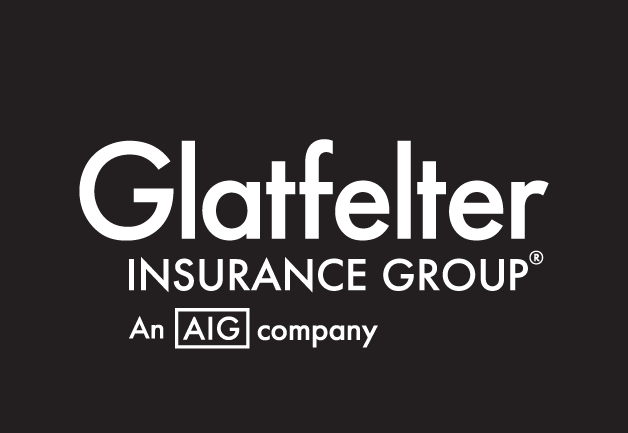

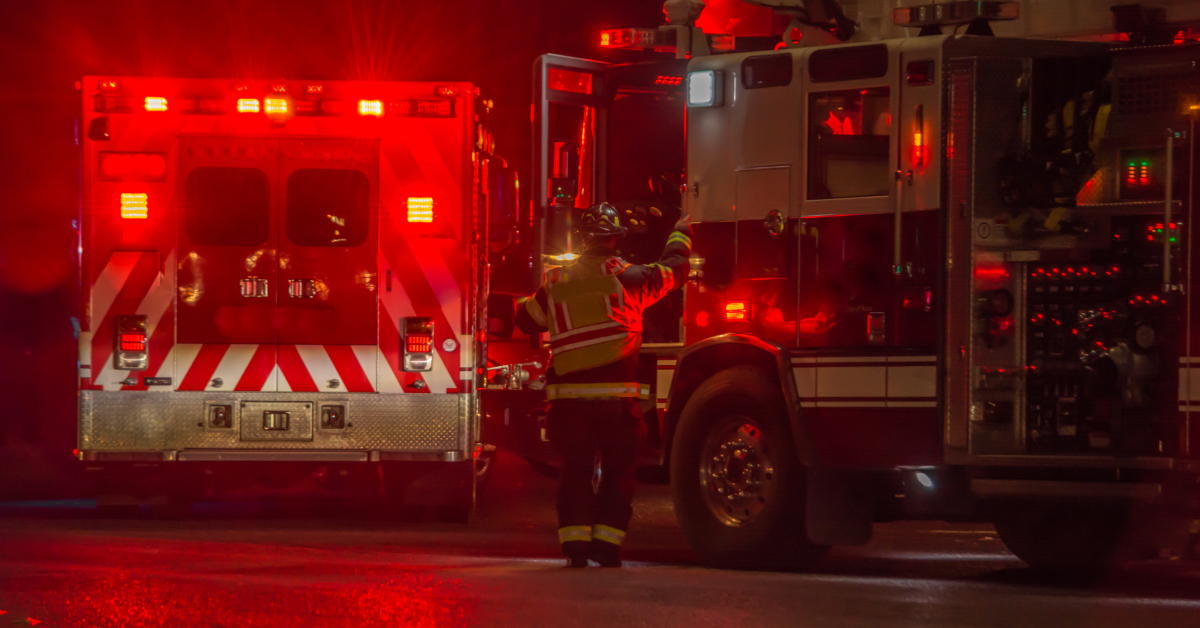

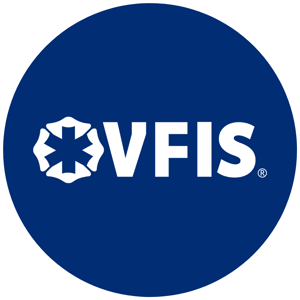
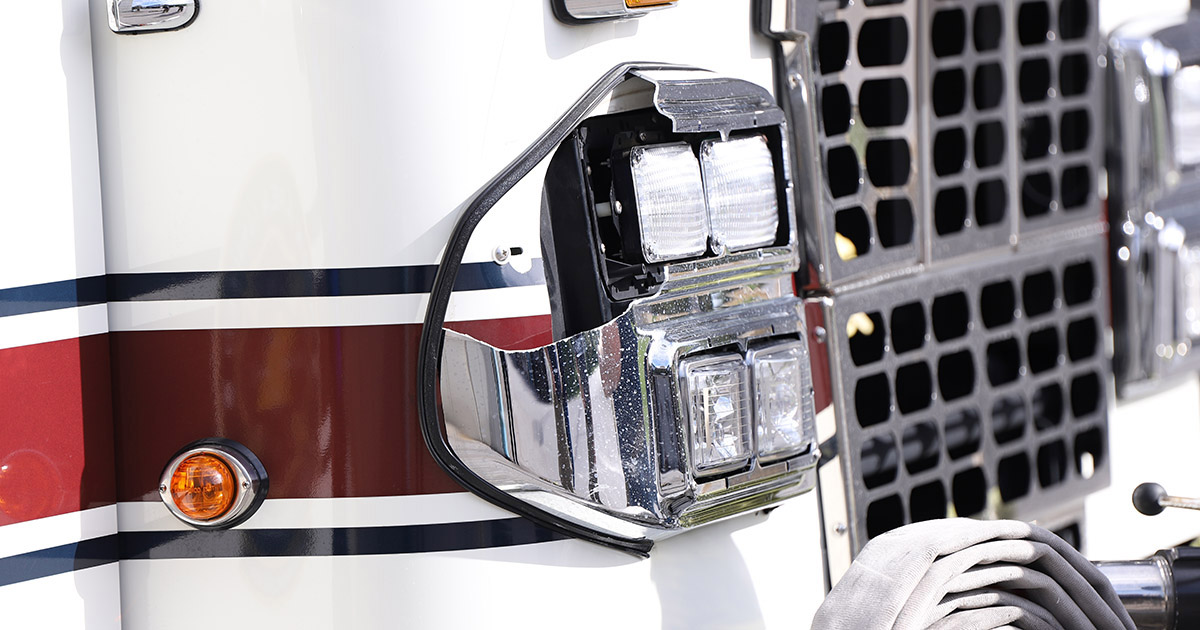

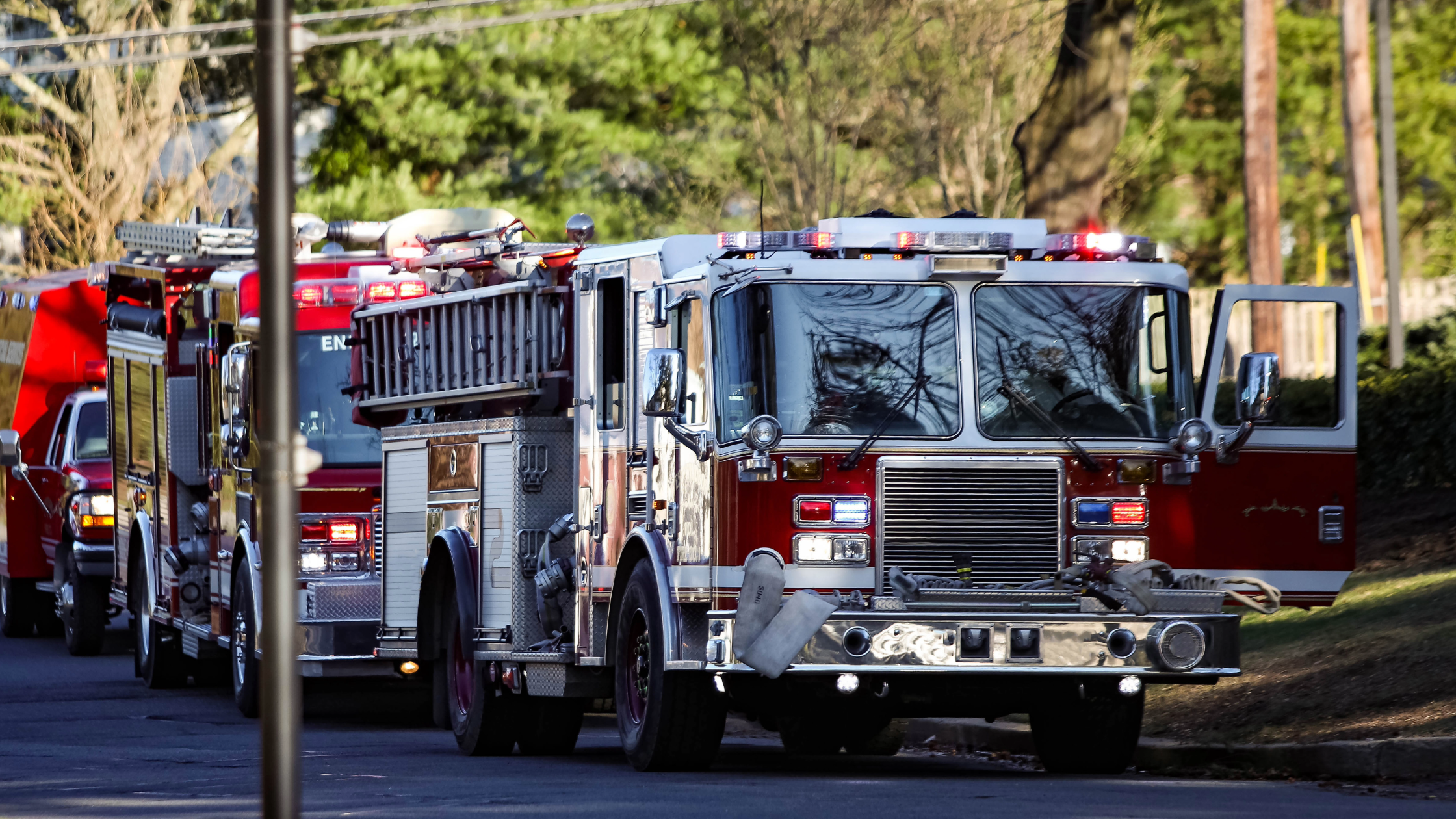

Submit a Comment